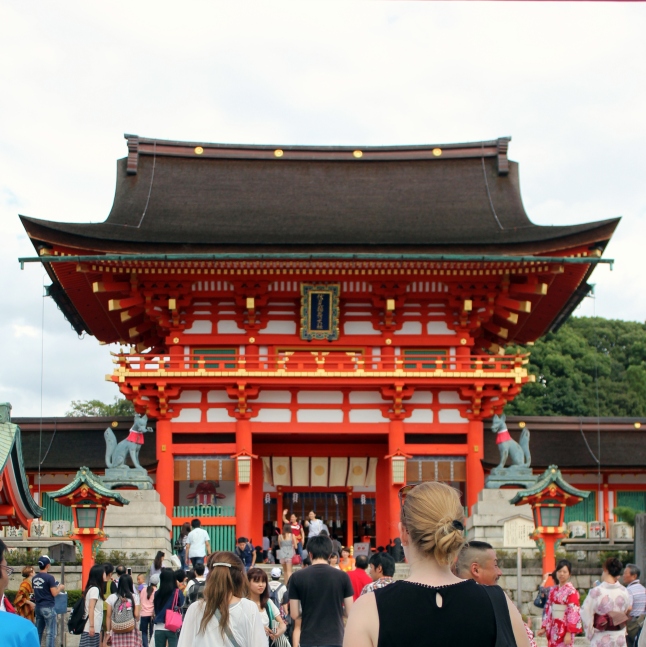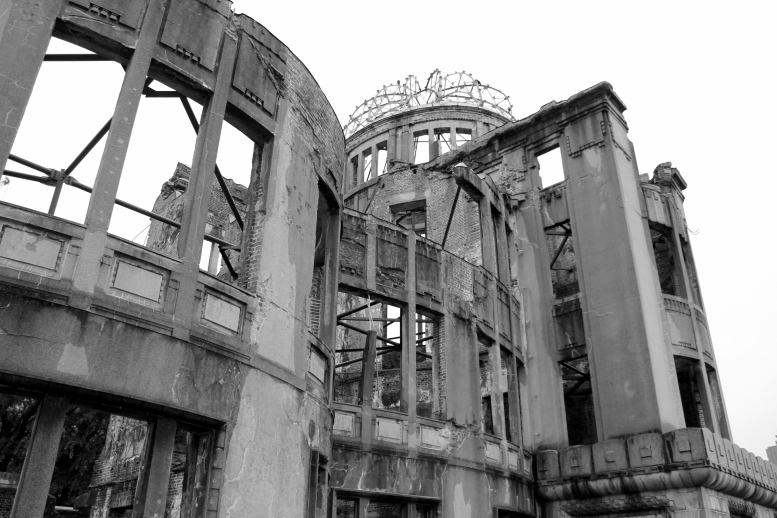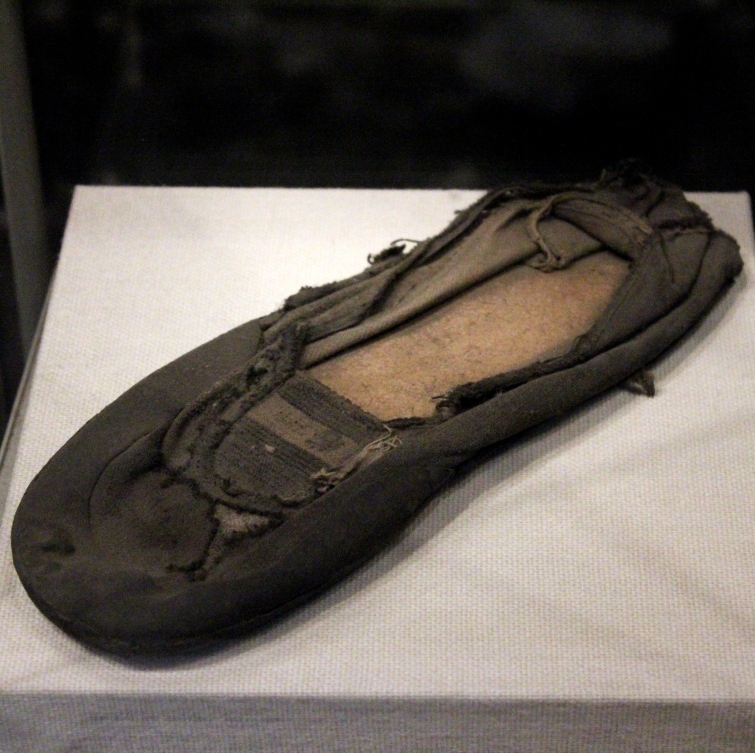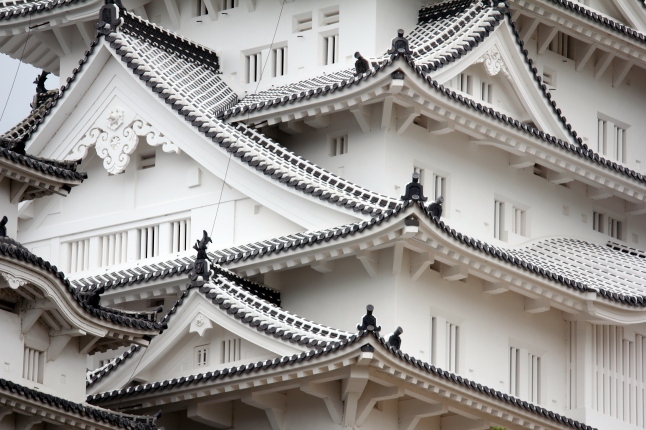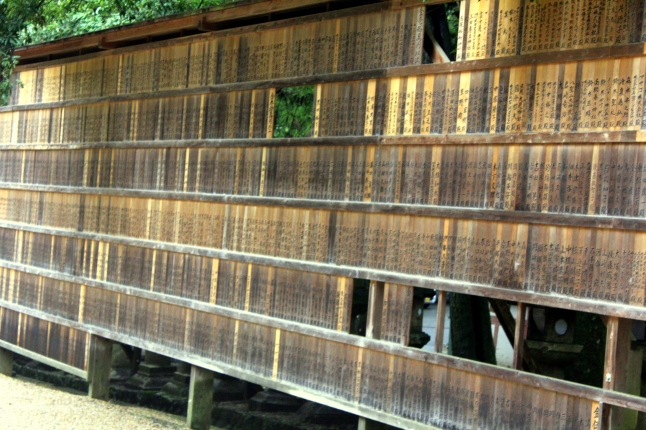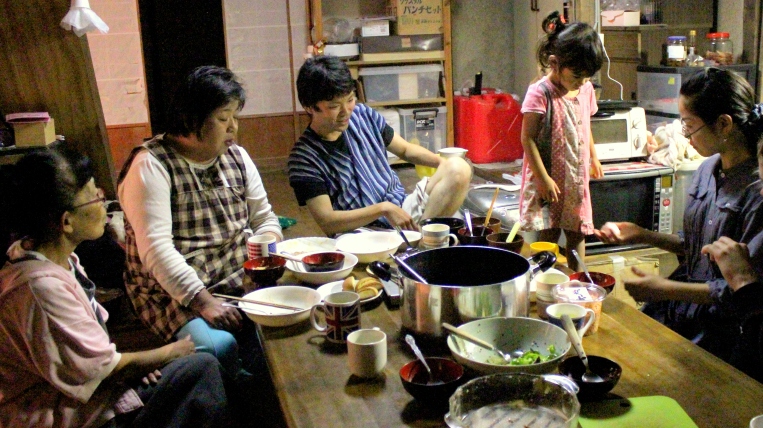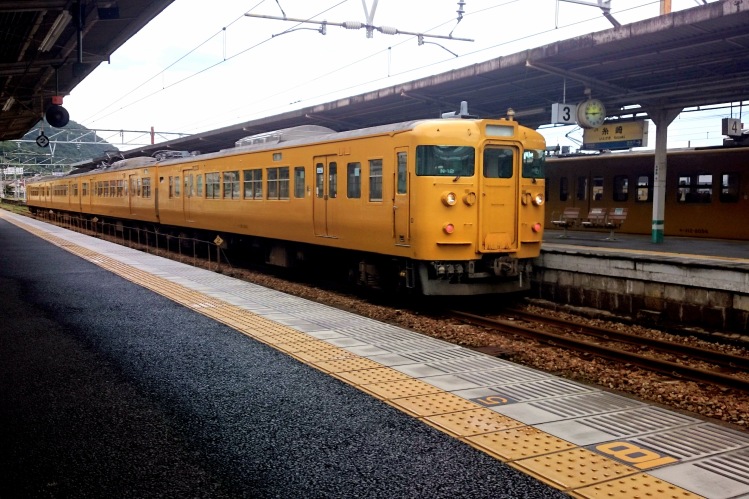Upon leaving Hiroshima I made my way to Kibichuo – a small, provincial town in the middle of the Okayama prefecture’s jungle, a place famous for its amazing grapes and peaches. I was a little late for peach season but just in time for the grape season when I arrived at my second workaway destination, the small grape farm of the Ota family.







The Challenges
I arrived in Kibichuo looking for a traditional Japanese experience, and boy, did I get what I was looking for! Coming from a modern Western background with impeccable indoor hygiene standards and a very clear divide between indoor and outdoor I certainly had some things to get accustomed to. Even though I grew on the countryside and spent many years living on a farm with cows and sheep sticking their heads into my bedroom window (yes, literally!), I had to learn that living close to nature was defined slightly differently in Asia. Good thing though I was exposed to this before arriving in South East Asia, otherwise I may have had a more difficult time there, where, due to the high temperatures all year round, living spaces are designed in a much more open way than in Europe.
The very traditional house the Ota family lives in has some areas where the floor is compact soil, others, like the kitchen, are bare concrete. Only the sleeping and living room area, elevated from the rest of the house, has wooden flooring covered with tatami mats and paper sliding doors and walls. The rest of the house had wooden sliding doors that can’t close as tightly as modern Western doors thus allowing mosquitoes and other small creatures to enter the house. The fact that I am not familiar with many of those small creatures and don’t know anything about their potential made me feel a bit uneasy about them at first – but after all, if they were at all poisonous, the family would have done something about them. I and the other workawayers lived in a guesthouse, about 200m walk through the garden from the main house. I encountered many more unknown bugs, spiders and even snakes on these walks! The one thing to look out for though are the giant hornets – yes, they are real and not an invention of the anime industry. Even though they are rarely deadly, their poison has been known to kill people. Trouble was, they seemed to like our grapes very much – we all managed to stay away from them though!
Other challenges of traditional Japanese living I had to get used to were the in-house privy and the smell that came with it (only a problem on hot days though) and cold showers when autumn was nearing and the nights got pretty cold already. Japanese traditional houses are designed to be cool in the summer and are thus freezing cold in the winter, there are no radiators – these would not only be very dangerous but also impossible to install on paper walls.
The Work
Since I arrived in Kibichuo during Pione season (the name of the grapes the Ota family grows), most of the work evolved around the grapes: sorting, washing, cutting, drying and more sorting. We also sorted beans, made Italian sweets called Salamino and sold those as well as other grape products on the local market. This wasn’t easy at first due to my very limited knowledge of the Japanese language and the fact that people in the countryside hardly speak any English, but I learnt a few sentences, such as: ‘Irishaimasee! Tabete mide kudasai pione!’ which means as much as: ‘Welcome! Please try the pione!’ – please don’t ask me how to write this in Kanji though.
Salamino: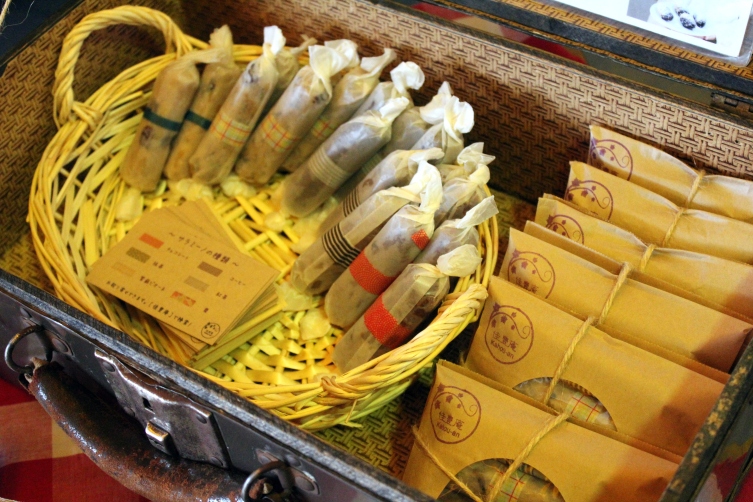 Pione:
Pione:
Simona selling goodies at the local market:
We, that is me and the other workawayers – Louisa from Germany, Marie from Poland, Simona from Slowakia and Sarah from Belgium.
And more pione:



More Japanese Customs
Working at the local market I also learnt a lot about Japanese sales customs and more about Japanese customs in general, which are quite different from the ones in Europe, but similar to other parts of Asia. For example, it is very important to call out and invite potential customers to try your goods, as otherwise they wouldn’t think to look twice at what you have to offer. Don’t forget to bow, as always! This soon comes as a second nature and it took me a while after leaving Japan to stop bowing when talking to other people. Bowing is so enshrined in Japanese culture that people do it unconsciously, all the time. It is a lot of fun to watch Japanese people on the phone bowing to the person at the other end of the line!
I also learnt that Japanese will always tell you that your language skills are very good even if they are utter crap and when they taste something, they will always say it is ‘oshi’ (very good), even if they dislike the taste. Politeness is extremely important in any human interaction within the Japanese culture.
Rice harvest:
 Kiwi tree:
Kiwi tree: Persimmon tree:
Persimmon tree: Dahlia flower:
Dahlia flower: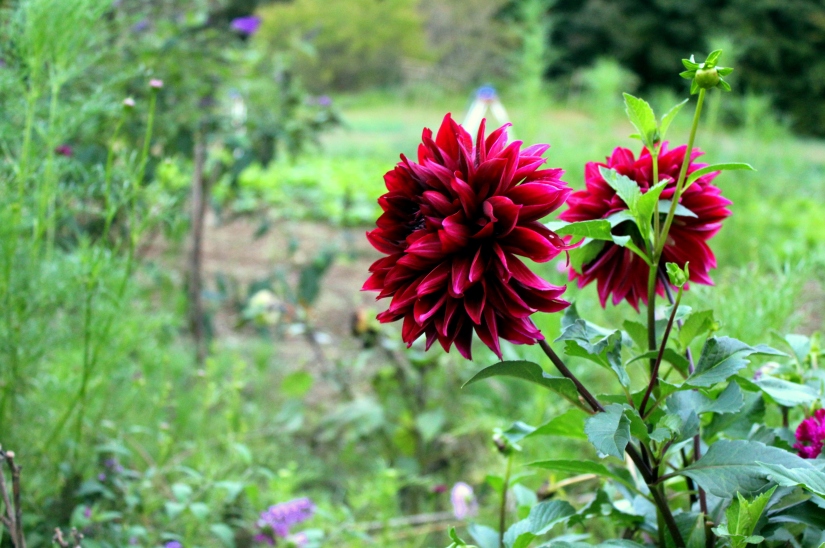
The Ota Family
The Ota family are dad Katsutaka, mum Yoshimi, grandma Kyoko and little whirlwind Amika. Yoshimi took part in a homestay in Europe when she was younger which was a life-changing experience for her and she wanted to offer the same kind of experience to young foreigners, which is why the Otas decided to host workawayers. They are very kind, accommodating and generous people with a clear idea of the kind of help they need and clear instructions, which the German in me really appreciated.
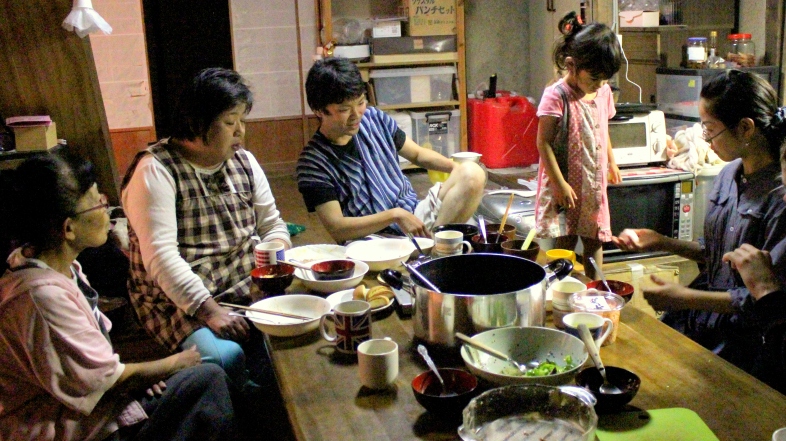 and their dog Kanta:
and their dog Kanta:
Onsen Visit
Apart from offering a traditional Japanese experience they also were open to showing us other parts of their culture. One night, Katsutaka took us tattooed Europeans to an Onsen, almost 2 hours drive from their home. Onsens, which are Japanese hot springs with very strict rules, usually don’t allow anyone with tattoos as this is the trademark of the Yakuza, the Japanese mafia. Since they can’t implement a rule banning Yakuza, this is a way around, but it also prohibits many foreigners. Knowning this, Katsutaka took us to a natural onsen that was not staffed, so there was nobody to enforce these rules which allowed us to experience the hot springs as well. The visit was followed by some red bean ice cream, a very Japanese treat. I was introduced to so many other new flavours, dishes and ingredients while staying with the Otas, they deserve a post of their own!
these huge pumpkins were sold at the local market:
 one of many fake VW buses around the area:
one of many fake VW buses around the area:
Workshop For People With Special Needs
Since all three of us workawayers (Simona, Sarah and I) have been working with people with special needs back home Yoshimi took us to visit a workshop in Kibichuo, called Kibinosato. The people there were really excited to get visitors from so far away and couldn’t wait to take pictures with us! We were told that we would even receive a spot on their website.



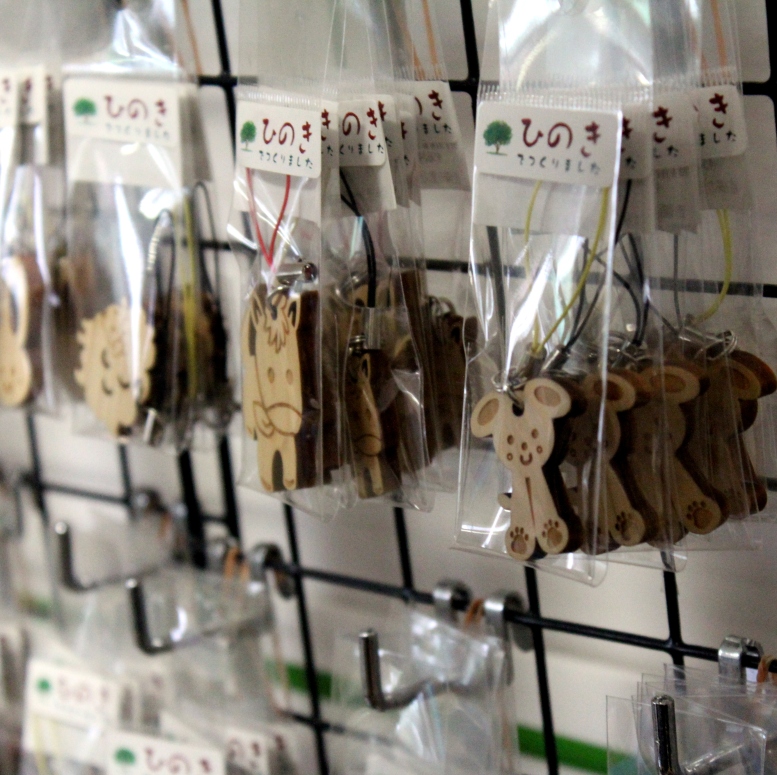
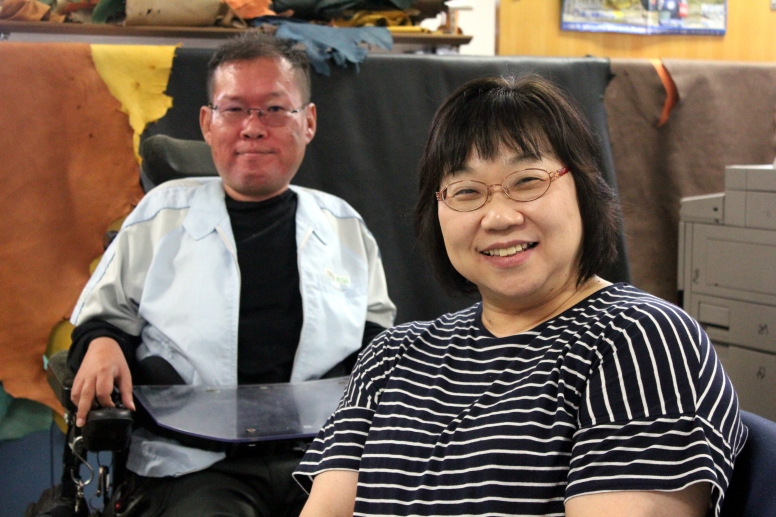
The centre offers different workshop and a small residential area for those that don’t go home every day. One of the workshops is making Japanese wooden key hangers and purses and other small items from leather. They have a general stock of a variety of symbols but often receive large orders. Another workshop is making parts, some kind of pipes, for a major Japanese motor company. These pipes are essential in any car and thus the fact that they were chosen for the production fills the workers with a lot of pride. A third workshop is cleaning head phones for an airline.
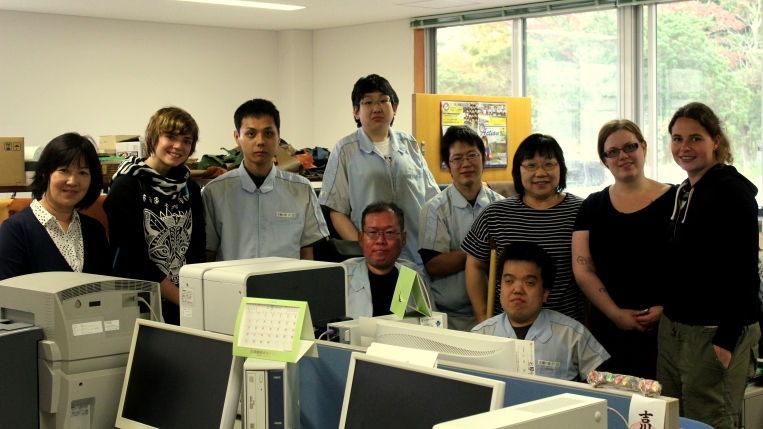


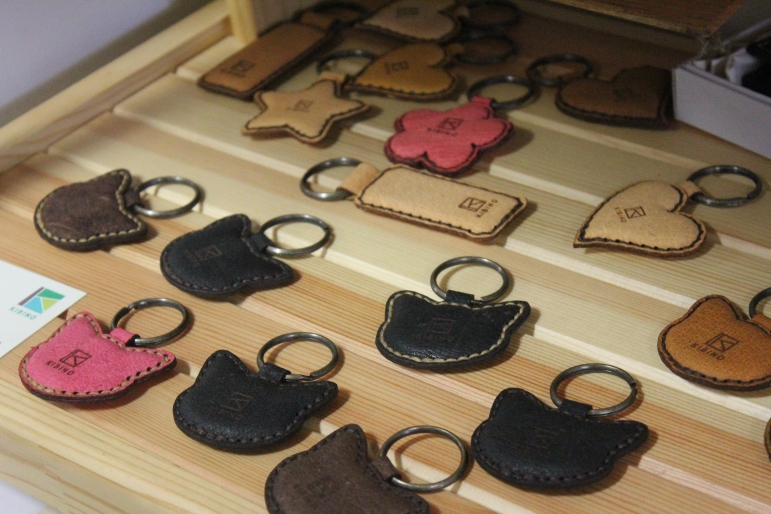
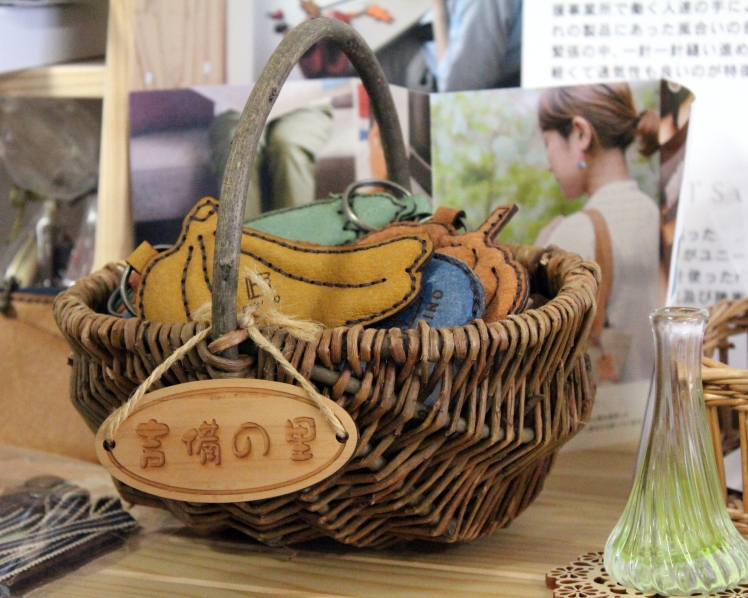
34.860965
133.811806
